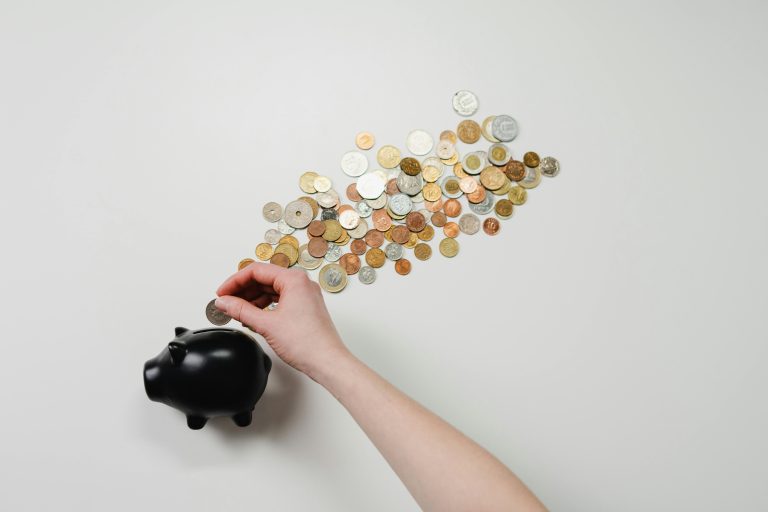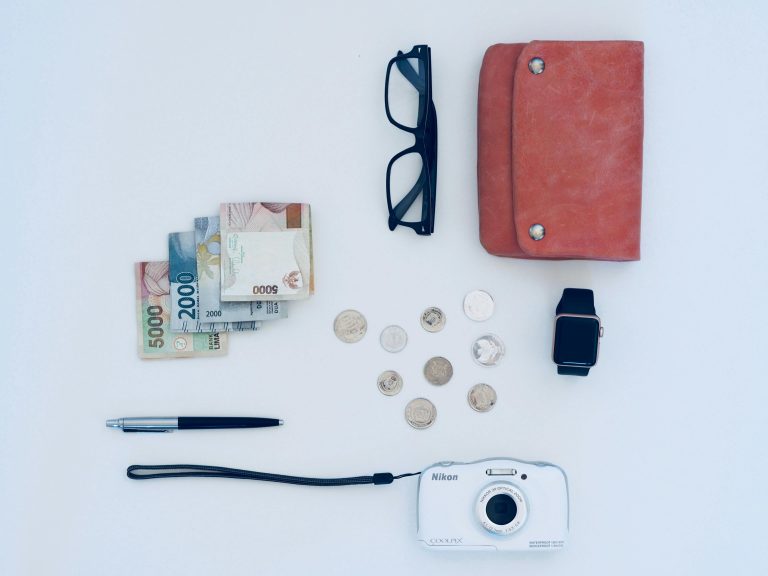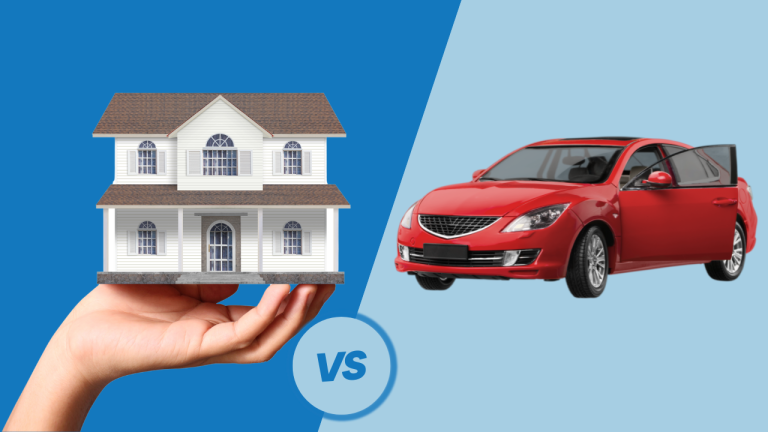Do you wish to renovate or repair your home with a personal loan? Home improvement loans are the best personal loans for the purpose of home repairs or renovation. You can get up to $100,000 depending on the number of renovations required.
It is important to state that home improvement loans are not the only options available for homeowners who want to repair their kitchen or replace their roof. There are other options such as home equity loans and credit cards. However, in a case where you don’t have much equity in your home and you’re not willing to incur credit card debt, a home improvement loan is a perfect alternative.
Like other unsecured personal loans, a home improvement loan is not backed by your home. In fact, the rate given by the lender fundamentally relies on your creditworthiness. Also, the interest rate and fees are most likely not flexible, which makes it easier for borrowers to schedule payments in their budgets.
What Are Home Improvement Loans For?
Home improvement loans finance renovations, upgrades, and repairs in a home. These loans provide homeowners the financial means to enhance their property’s value, functionality, or aesthetic appeal. You can use them for various projects, including kitchen and bathroom remodels, additions, and major structural repairs.
Typically, these home improvement loans come as either secured or unsecured loans. Secured home improvement loans, like home equity loans or home equity lines of credit (HELOCs), use the homeowner’s equity as collateral. Unsecured home improvement loans, often simply personal loans, do not require collateral but may have higher interest rates. The right type of loan for a homeowner depends on their financial situation, the amount needed, and the intended home improvements.
You May Also Like: What Type of Loan Fits You Best?
Types of Home Improvement Loans
When planning to renovate your home, financing the project requires careful consideration of various loan options. Home improvement loans come in different forms. They have unique features and benefits suited to different types of renovation projects and financial situations. These are some examples of home improvement loans.
Personal Loans
A personal loan is a type of unsecured loan, which means it doesn’t require collateral like a house or car. Lenders offer personal loans based on a borrower’s creditworthiness. Lenders typically determine eligibility based on the applicant’s credit score, income level, and other financial factors. Personal loans are versatile and serve various purposes. Examples of such are consolidating debt, financing a large purchase, or covering unexpected expenses.
The repayment terms for personal loans can vary, generally ranging from one to seven years. Interest rates can also differ based on the lender and the borrower’s credit profile. When you take out a personal loan, you receive the funds as a lump sum. You then repay the borrowed amount, plus interest, in monthly installments until you fully pay off the loan. This type of loan is particularly useful for individuals looking to manage their finances without putting up collateral.
You May Also Like: What Is a Personal Loan?
Home Equity Loans
Home equity loans are a type of secured loan that allows homeowners to borrow against the equity they have built up in their homes. Essentially, the loan amount is based on the difference between the home’s current market value and the homeowner’s mortgage balance. These loans offer a lump sum of cash usable for various purposes, such as home improvements, debt consolidation, or covering major expenses.
The appeal of home equity loans lies in their relatively low interest rates compared to unsecured loans, as the loan is secured by the home itself. Repayment terms can vary, often ranging from five to 30 years, making it a flexible option for long-term financing needs. However, it’s crucial for borrowers to consider the risk: failing to repay the home improvement loans could result in foreclosure, as the home serves as collateral.
Read More: Benefits and Advantages of a Home Equity Loan
Home Equity Lines of Credit (HELOC)
Home Equity Lines of Credit, or HELOCs, offer homeowners a flexible way to borrow money using the equity in their home as collateral. Unlike a home equity loan that provides a lump sum, a HELOC works like a credit card, giving you a line of credit that you can draw from as needed. This makes HELOCs particularly useful for ongoing projects where the total cost may not be known upfront.
Interest rates on HELOCs are typically variable, which means they can change over time based on market conditions. This adds an element of financial unpredictability compared to fixed-rate home equity loans. However, the flexibility to borrow only what you need, when you need it, without having to reapply, makes HELOCs a popular choice for financing home improvements or managing cash flow. Just remember, as with any secured loan, the risk of losing your home exists if repayments aren’t managed carefully.
You May Also Like: How to Get a Home Equity Line of Credit (HELOC)
FHA 203(k) Loans
FHA 203(k) loans are a specialized type offered by the Federal Housing Administration to help homeowners finance both the purchase of a house and the cost of its renovation with just a single loan. This makes them an excellent choice for buying fixer-uppers or making significant renovations on a current home. With an FHA 203(k) loan, you can roll the cost of the home and the projected renovation expenses into one mortgage at long-term, fixed or adjustable rates.
The major advantage of this type of loan is that it simplifies the financing process by covering a broad range of renovation projects, from structural alterations to landscaping, with a low down payment requirement. However, it requires working with approved contractors and adhering to specific guidelines set by the FHA, which can include a thorough home appraisal and a detailed proposal of the work to be done.
Read More: Conventional Loan Vs FHA Loan – Pros And Cons Of Both
Cash-Out Refinance
A cash-out refinance is a financing option where homeowners can refinance their mortgage for more than they owe and then take out the difference in cash. This type of loan is often used for large expenditures such as home improvements, consolidating debt, or other significant financial needs. It essentially allows you to tap into the equity you’ve built in your home and convert it into cash.
With a cash-out refinance, you replace your existing mortgage with a new one that has a larger balance, but you get the difference in cash at the time of closing. This method can be advantageous because it might offer lower interest rates compared to other types of loans or credit lines. However, it also extends the terms of your mortgage and increases the total amount of interest you’ll pay over the life of the loan, making it important to consider your overall financial stability before proceeding.
You May Also Like: Home Loans: Which One Is Most Beneficial For Me?
Features of Home Improvement Loans
There are key features that need to be taken into consideration when applying for home improvement loans.
Higher rates
Due to the high risks on the lender’s part, the interest rates of home improvement loans are higher than a home equity loan or home equity line of credit.
While interest rates attached to home equity loans and HELOCs are often single digits, rates from home loans lie between 6% and 36%.
Swift funding
Home improvement loans have a quick nature. Online applications are processed within minutes and the loan money is accessible within 24 to 48 hours in some cases.
No tax benefits
Home improvement loan beneficiaries are not eligible to request tax reduction on the interest. On the other hand, mortgage loan beneficiaries may be eligible for a tax deduction.
You May Also Like: How To Get A Loan And Avoid Loan Scams in 2024
Home Improvement Loans Use
With a few restrictions, you can spend your loan funds for any home repair such as kitchen redesign or roof repair. You can use the fund for a bathroom remodel, to get the latest deck, or to install a swimming pool in your house. These are some practical ways to use home improvement loans:
Home Renovations and Repairs
Undertake significant home renovations or repairs to enhance your property’s value and functionality. Consider updating kitchens or bathrooms, which typically offer the best return on investment. Strategic improvements can also address essential repairs, preventing future damage and saving money long-term.
Landscaping and Outdoor Improvements
Transform your outdoor spaces to increase curb appeal and create enjoyable living areas. Adding a deck, patio, or landscaping can provide a significant boost to your home’s aesthetic and market value. These enhancements not only improve your quality of life but also attract potential buyers if you decide to sell.
Energy-Efficient Upgrades
Invest in energy-efficient upgrades to lower your utility bills and increase your home’s sustainability. Consider adding solar panels, upgrading to energy-efficient windows, or installing a modern HVAC system. These changes not only reduce energy consumption but also may qualify for tax rebates and improve the overall value of your home.
Safety and Accessibility Enhancements
Enhance your home’s safety and accessibility to meet the needs of all family members, especially those with limited mobility. Install grab bars, ramps, and wider doorways to facilitate easier movement. These improvements are crucial for creating a safer living environment and can significantly increase the comfort and functionality of your home.
Home Additions and Expansions
Expand your living space by adding new rooms or extending existing ones. This allows for more functional areas like home offices or extra bedrooms. Such additions cater to growing family needs and boost your property’s market value. Consider the design and integration to ensure it blends well with the existing structure.
Read More: What Is a Mortgage? Explained
Summary
Home improvement loans are the type of unsecured loan used to finish a renovation project without your home as collateral. The loan amount, monthly payments, and loan terms are strictly dependent on the credit history and type of loan.
More often than not, lenders take compensation from borrowers to go through their loan applications. This compensation is termed an origination fee.
Frequently Asked Questions
Can I get a home improvement loan with bad credit?
Yes, it is possible to get a home improvement loan with bad credit, but you may face higher interest rates or require a co-signer.
Are interest payments on home improvement loans tax-deductible?
Interest payments on home improvement loans can be tax-deductible if the loan is secured by your home and the funds are used to make “substantial improvements” to the property.
How much can I borrow with a home improvement loan?
The amount you can borrow with a home improvement loan depends on the lender, your creditworthiness, and the equity in your home, if applicable.
















